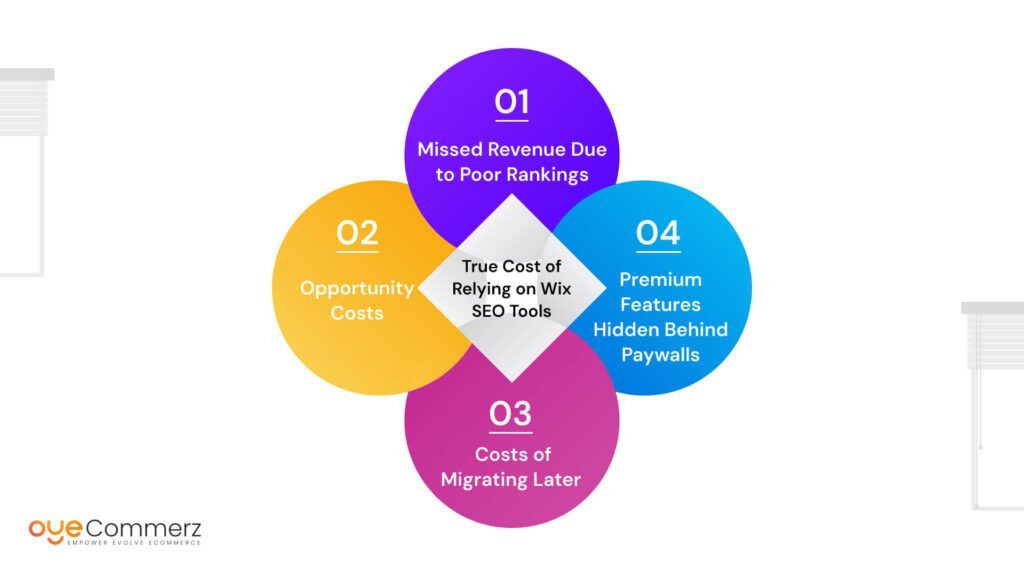In today's online environment, choosing the appropriate e-commerce platform is essential for business growth. If you're presently using Wix but are considering a move to Shopify, you're not alone. Numerous businesses are transitioning to Shopify to leverage its robust capabilities, scalability, and specialized e-commerce tools. This article will outline the transition process, ensuring a smooth transition and preparing you for e-commerce success.
Why Switch from Wix to Shopify?
Before exploring the transition process, it's essential to understand why Shopify could be a better choice for your e-commerce needs:
- Specialization: Unlike Wix, which serves various website types, Shopify is engineered specifically for e-commerce, offering advanced features and features tailored for digital commerce.
- Scalability: As your company grows, Shopify can easily accommodate increased visitor volumes and sales capacity without sacrificing performance.
- Wide-ranging App Ecosystem: Shopify offers a large library of apps that can enhance your store's capabilities, from marketing tools to stock control options.
- SEO Capabilities: Shopify offers better SEO options, which can assist in improving your store’s visibility on Google and others.
- Transaction Methods: With numerous transaction platforms supported, including Shopify Payments, you can offer customers a wide range of payment methods.
Preparing for Transition
To guarantee a smooth transition from Wix to Shopify, adhere to these preparation steps:
1. Save Your Information
Download all your data from Wix, including product details, user data, and transaction logs. This process is crucial as it guarantees you have a backup of everything before starting the migration.
2. Select a Pricing Option
Assess the different Shopify plans offered and choose one that best suits your business requirements. Take into account factors such as costs, features included, and growth potential.
3. Set Up Your Shopify Account
Create your Shopify account and explore the platform’s interface and tools.
The Migration Process
Customer data protectionNow that you're ready, it’s time to transfer your store from Wix to Shopify. Here’s how:
1. Transfer Items
Utilize Shopify's built-in import tool or external tools like Cart2Cart or LitExtension to transfer your products from Wix to Shopify.
Ensure that product descriptions, pictures, costs, and options are accurately transferred.
2. Migrate Client Information
Upload client details such as user names and contact info into your new Shopify store. This step is critical for maintaining customer relationships and marketing efforts.
3. Configure Transactions
Configure payment gateways in your Shopify store to ensure seamless transactions. You can choose from various platforms like debit methods, PayPal, and others.
4. Customize Your Store Design
Choose a theme that aligns with your business image. Customize it using Shopify's design tools to create an attractive and user-friendly shopping experience.
5. SEO Optimization
Implement SEO best practices during the transition process:
- Configure 301 redirects from old Wix URLs to new Shopify URLs.
- Optimize item names, descriptions, and images with relevant keywords.
- Update meta tags and alt texts for improved search engine visibility.
Post-Migration Steps
Once your store is active on Shopify, consider these post-migration steps:
1. Check Your Website
Perform comprehensive testing of your new store:
- Verify item listings for accuracy.
- Verify transaction methods.
- Ensure all links work correctly.
2. Launch Marketing Product variants Campaigns
Broadcast your new store launch through email newsletters and social platforms.
Think about offering promotions or discounts to attract customers.
3. Track Your Progress
Leverage analytics tools within Shopify to monitor revenue growth and user activity.
Adjust your strategies based on data insights.
Conclusion
Migrating from Wix to Shopify can significantly enhance your e-commerce potential and lay the foundation for growth and achievement. By adhering to this manual and taking a step-by-step approach to the migration process, you can ensure a smooth move that reduces downtime and maximizes opportunities for sales. Embrace the change and see your online store thrive on its new platform!
